News
Government at All Level in West Africa Need to Conscientiously Budget for Disaster- ECOWAS

Government at All Level in West Africa Need to Conscientiously Budget for Disaster- ECOWAS
By: Michael Mike
Every level of government has been asked to conscientiously budget for disaster in order to checkmate its regular occurrence which recent research stating that it has left about 75 percent population of West Africa exposed and adversely impacted.
Speaking at the mid-term consultative meeting of the Regional Committee for Disaster Management in West Africa organised by the Economic Community of West African States (ECOWAS) Commission in Abuja on Tuesday, the Deputy Director Climate Change Department, National Disaster Management Organisation (NADMO), Ghana, Frank Nansam-Aggrey, said there is need for coordinated efforts to tackle disaster in West Africa.
He said: “Disaster issues have become very complex. Every now and then, we hear stories in West Africa about disaster that affects our population. Disasters have many exposed in the subregion, and according to research about 75 percent of our people are exposed to one form of disaster or the other. It is flooding, if it is not flooding then it is drought, if it is not drought it is conflict, so it has become imperative that the subcommittee looks at the issues of disaster very critically for our population is being affected every now and then.”
Nansam-Aggrey who acknowledged that ECOWAS is doing the best with its resources, said “but for financial constraints sometimes that do not make the bloc to meet up to the needs of its member countries.”
He however said: “The countries need to do more, disaster management is looked at as abstract issues, making budgeting to become somewhat of abstract. We need to go the extra mile to clearly and decisively budget for disaster issues so that it is not left to chance and as if it is futuristic.
“It is actually with us. We need to make more efforts from community level, district level to the national level, and all actors must be involved to channel all the resources we can gather to make sure we are all safe in the subregion.”
He said: “The time has come for us to begin to look at the West Africa regional preparedness against extreme disaster occurrences such as floods, fires and other disasters causing total havoc to human existence. Generally, disaster occurrences occasioned by natural and man-made hazard events have increased in the past three decades causing a lot of distress situations to over 75% of West Africa’s population.”
He lamented that: “As reported in the ECOWAS Policy for Disaster Risk Reduction document, large number of people and their livelihoods in West African countries are exposed and vulnerable to at least one hazard event which is further compounded by conflicts and diseases. In addition, in some instances, disasters have put development at risk and likewise, development decisions have led to increases in disaster risks.”
He however said: “In response to these scenarios and through the support of national governments and the ECOWAS Commission to some extent, member states are increasingly intensifying their interests and efforts in disaster risk reduction. In spite of these efforts, significant disaster events such as flooding, sea erosion, and drought keep escalating in severity and magnitude in the sub-region causing budget overruns for member states. As climate change factors continue to worsen extreme weather events, vulnerabilities of our people will equally increase leading to negative financial implications for member countries. This confirms the conclusion that the extent of vulnerability to hazards in the sub-region account for the level of disaster devastation being experienced annually by countries in the region amid inadequate public financing to maintain and enhance resilience or provide relief assistance for disaster victims.”
The Director General of the National Emergency Management Agency, Mrs. Zubaida Umar who was represented by the agency’s Director, Disaster Risk Reduction, Dr. Daniel Obot decried that “the West African subregion which is characterized by its diverse geography, population and cultures has a complex relationship with nature and human induced disasters.
“Over the years, the subregion has experienced series of disasters, crises and conflict that have posed serious threats to the human population, the environment, infrastructure and means of livelihood.”
He added that: “With this disaster scenario, the regional recovery roadmap, the regional resilience strategy, the roster of experts amongst others will have to be deployed for significant progress to be recorded in the management of disaster risk in West Africa in line with the ECOWAS goal of inclusive coordination and harmonization of disaster risk management efforts.”
On his part, the Head of ECOWAS Humanitarian Affairs and Disaster Management Division, Mohammed Ibrahim said: “In West Africa and the Sahel region, the magnitude of vulnerability and exposure to hazards and losses from disasters is expected to continue increasing over the next decade. Countries are particularly vulnerable to sudden onset events such as floods, alongside ongoing issues like land degradation, water scarcity, and coastal erosion, which have increased in occurrence and severity due to the adverse effects of climate change.”
He noted that: “Conflict remains primary driver of displacement, but climate change has significantly impacted migration decisions across West Africa over the last few decades. The overlap of conflict and climate disasters underscores the urgent need for comprehensive and coordinated responses to break the cycle of climate change and armed conflict and to increase humanitarian access and funding that supports resilience and adaptation to climate change.”
Government at All Level in West Africa Need to Conscientiously Budget for Disaster- ECOWAS
News
Bandits kill two, abduct woman in Chikun, Kaduna
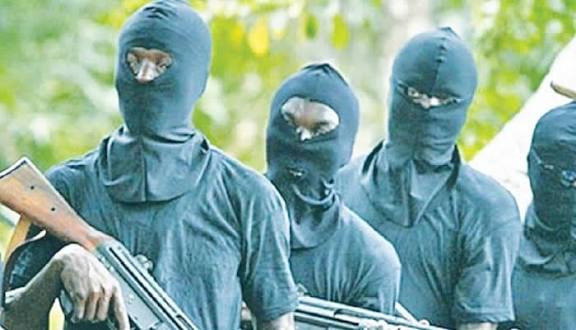
Bandits kill two, abduct woman in Chikun, Kaduna
By: Zagazola Makama
Suspected bandits have killed two persons, injured one and abducted a woman during an attack on Rimi Kamazo community in Chikun Local Government Area of Kaduna State.
Zagazola report that the incident occurred on Dec. 28 at about 11:50 a.m. when an unspecified number of armed bandits invaded the community, firing sporadically and causing panic among residents.
Victims of the attack were identified as Zainab Amos Bagoro, 55, and Aminu Amos Bagoro, 25, who were shot and fatally injured. Another victim, Gayus Amos Bagoro, sustained gunshot injuries and is currently receiving treatment.
The attackers also abducted Justina Abednego, 25, and took her to an unknown destination.
Sources said security operatives received information about the attack at about 2:00 a.m. on Dec. 29 and immediately mobilised to the area in collaboration with other security agencies.
The injured victims were rushed to hospital for medical attention, where the two critically injured persons were confirmed dead, while the surviving victim is receiving treatment at St. Gerald Hospital, Kakuri, Kaduna.
The corpses of the deceased were deposited at the hospital morgue for autopsy.
Security forces have intensified efforts to rescue the abducted woman and track down the perpetrators, while investigations into the incident have commenced.
Bandits kill two, abduct woman in Chikun, Kaduna
News
Mob sets NSCDC office ablaze, kills three suspects in Kano
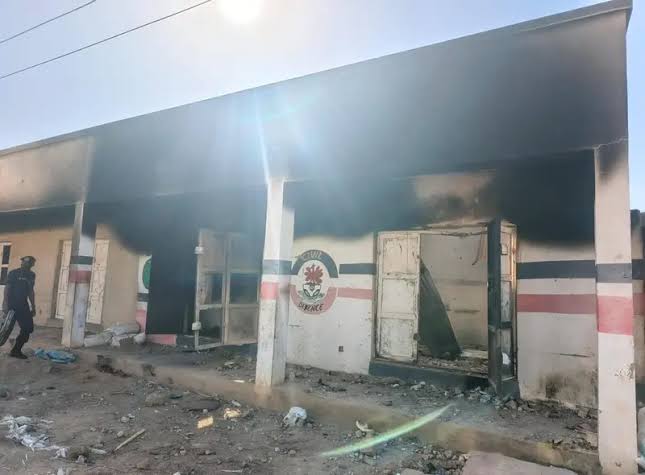
Mob sets NSCDC office ablaze, kills three suspects in Kano
By: Zagazola Makama
Atleast three suspected motorcycle thieves were killed by a mob while the office of the Nigeria Security and Civil Defence Corps (NSCDC) was raised in Dawakin Kudu Local Government Area of the state.
Zagazola Makama learnt that the incident occurred at about 9:00 p.m. on Dec. 28 at the Danmaje Quarters Divisional Office of the NSCDC in Dawakin Kudu.
According to sources , personnel of the NSCDC attached to the office had earlier arrested three suspects over alleged motorcycle theft.
The source said that following the arrest, angry youths armed with dangerous weapons mobilised in large numbers and stormed the NSCDC office, demanding that the suspects be released to them for lynching.
“They overpowered the NSCDC personnel, chased them out of the office and set both the office and the suspects ablaze,” the source said.
Sources said the scene was later visited by security operatives, while the victims were rushed to the Aminu Kano Teaching Hospital, where they were certified dead by medical personnel.
The corpses were subsequently deposited at the hospital’s morgue.
Mob sets NSCDC office ablaze, kills three suspects in Kano
News
NESREA Shuts Sunseed Oil Facility in Zaria Over Air Pollution Violations
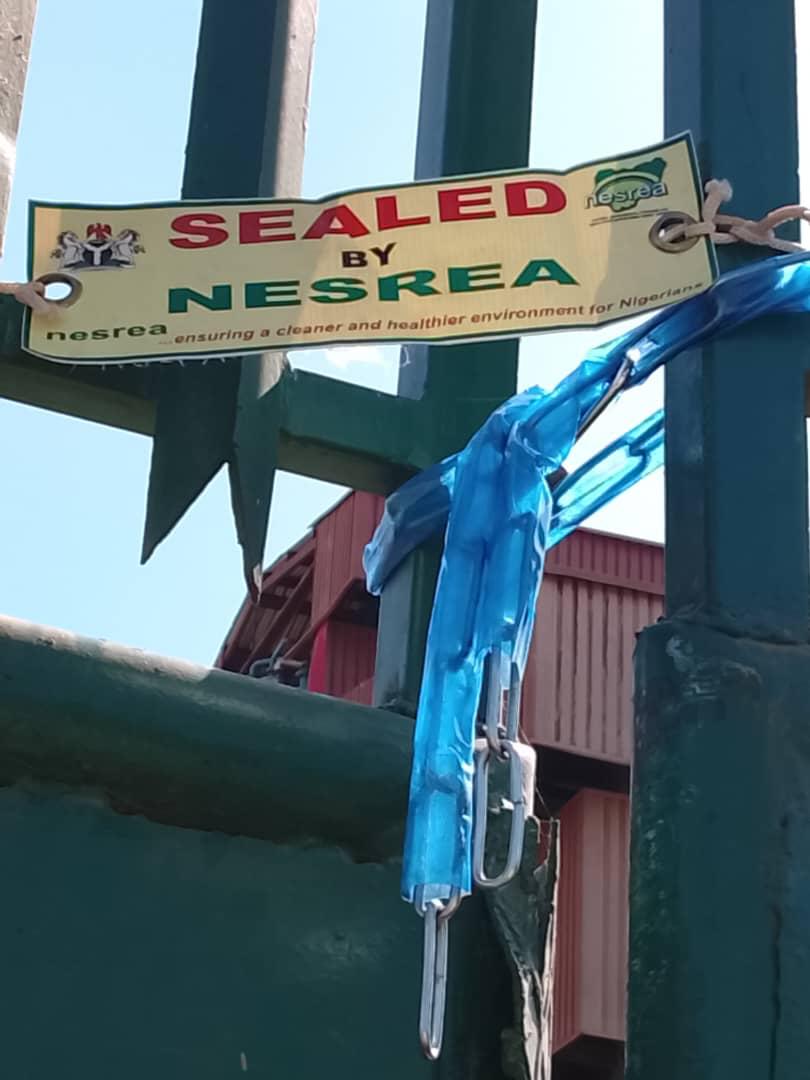
NESREA Shuts Sunseed Oil Facility in Zaria Over Air Pollution Violations
By: Michael Mike
The National Environmental Standards and Regulations Enforcement Agency (NESREA) has ordered the closure of the Sunseed Oil processing plant in Zaria, Kaduna State, following findings of severe air pollution linked to the facility’s operations.
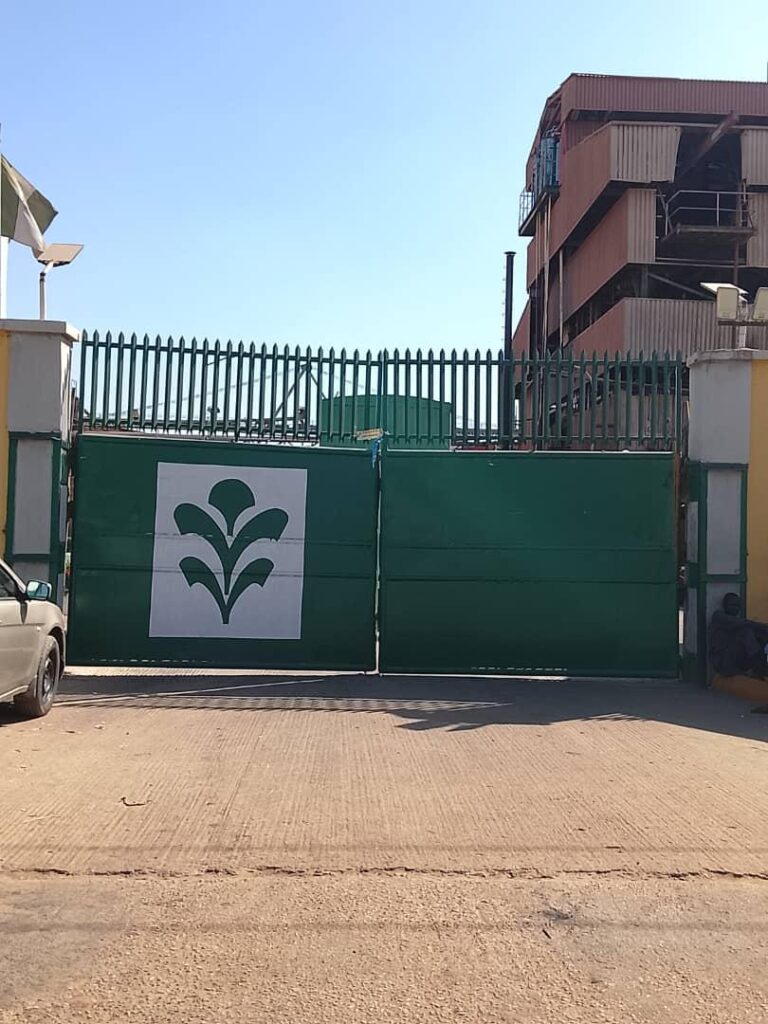

NESREA said the action was taken after investigations confirmed that the plant was emitting harmful pollutants into the atmosphere in breach of the National Environmental (Air Quality Control) Regulations.
The regulations require industries to install effective pollution control systems and adopt cleaner production methods to minimize environmental and health risks.
A statement by the agency’s spokesperson, Nwamaka Ejiofor on Tuesday, said the level of emissions from the Sunseed Oil facility posed a direct threat to the surrounding environment and residents in nearby communities, prompting immediate intervention to halt further damage.
She noted that the enforcement exercise reflects the agency’s resolve to ensure that industrial operators comply with environmental standards and to protect the public from the dangers associated with uncontrolled industrial emissions and effluents.
Commenting on the development, the Director-General of NESREA, Prof. Innocent Barikor, warned companies operating across the country to adhere strictly to national environmental laws.
He stressed that the agency would continue to take decisive action against facilities whose operations endanger public health or degrade the environment.
NESREA reiterated its commitment to regular monitoring and enforcement, noting that environmental protection remains a critical component of sustainable development in Nigeria.
NESREA Shuts Sunseed Oil Facility in Zaria Over Air Pollution Violations
-

 News2 years ago
News2 years agoRoger Federer’s Shock as DNA Results Reveal Myla and Charlene Are Not His Biological Children
-

 Opinions4 years ago
Opinions4 years agoTHE PLIGHT OF FARIDA
-

 News9 months ago
News9 months agoFAILED COUP IN BURKINA FASO: HOW TRAORÉ NARROWLY ESCAPED ASSASSINATION PLOT AMID FOREIGN INTERFERENCE CLAIMS
-

 Opinions4 years ago
Opinions4 years agoPOLICE CHARGE ROOMS, A MINTING PRESS
-
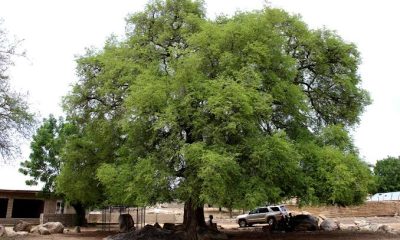
 News2 years ago
News2 years agoEYN: Rev. Billi, Distortion of History, and The Living Tamarind Tree
-

 ACADEMICS2 years ago
ACADEMICS2 years agoA History of Biu” (2015) and The Lingering Bura-Pabir Question (1)
-

 Columns2 years ago
Columns2 years agoArmy University Biu: There is certain interest, but certainly not from Borno.
-

 Opinions2 years ago
Opinions2 years agoTinubu,Shettima: The epidemic of economic, insecurity in Nigeria





